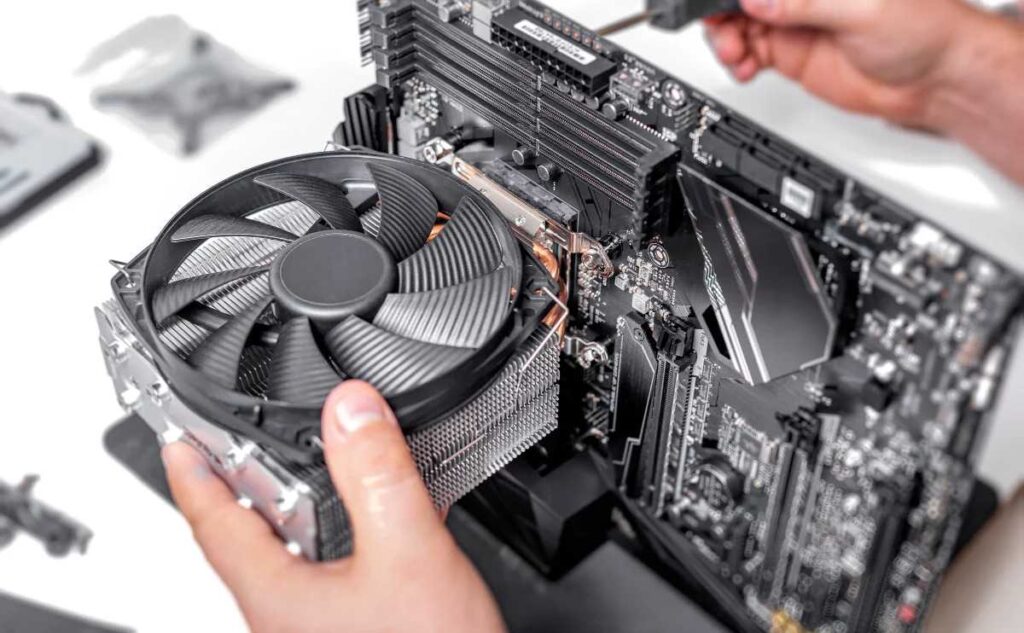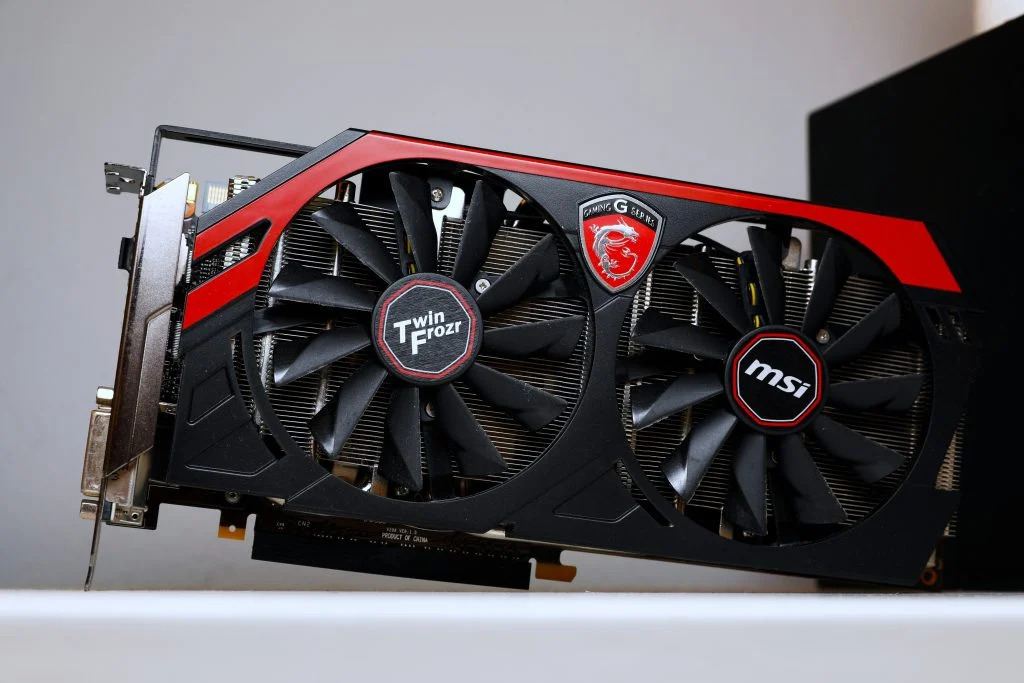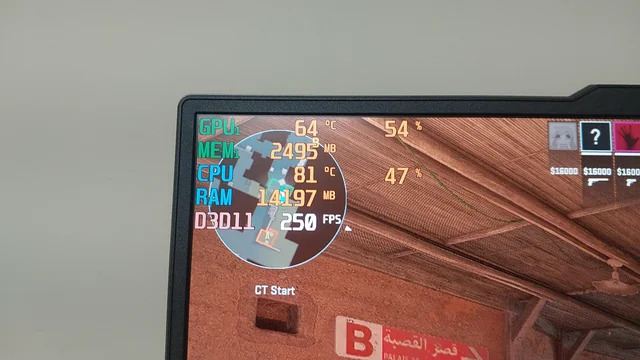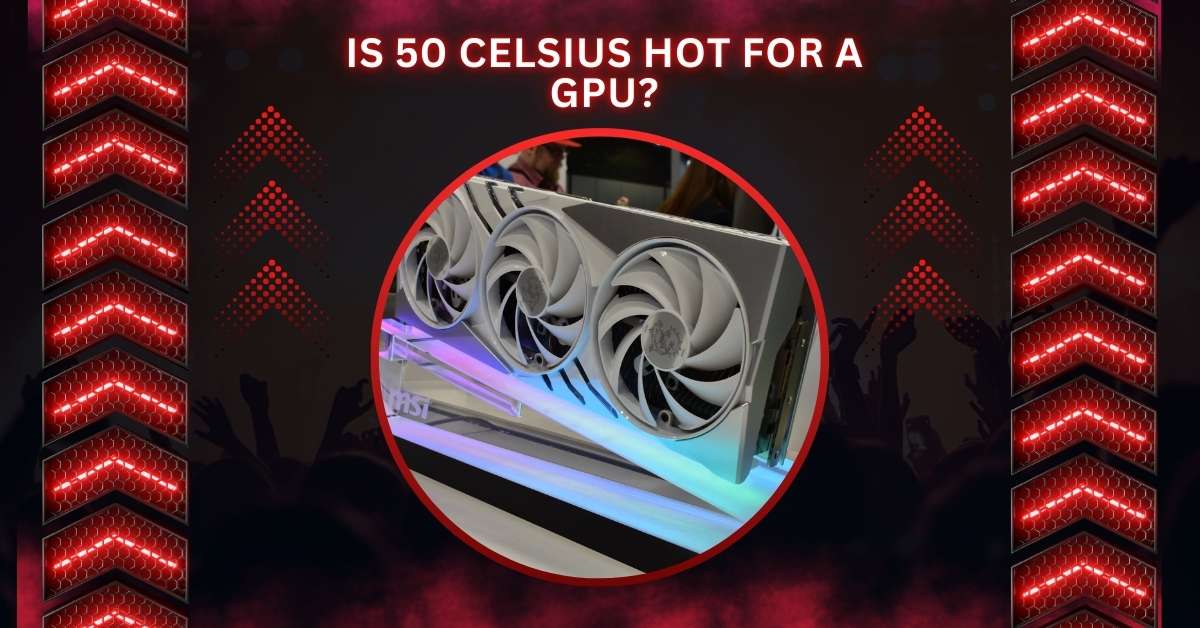Regarding GPU temperatures, 50°C is generally considered safe and routine, especially when the graphics card is idle or under light loads.
50°C is a safe and normal temperature for a GPU, especially during light tasks or idle time. GPUs usually run hotter, around 65°C to 75°C, under heavy load, so 50°C is well within a safe range.
Let’s discuss what you need to know about GPU temperatures, why 50°C is typically safe, and how you can manage them better.
What Is a Safe Temperature Range for GPUs?
For most modern GPUs, temperatures between 50°C and 70°C are considered safe, especially when idling or performing less intensive tasks.
Even under heavy load, GPUs can handle temperatures up to 85°C without significant damage risk. Some high-end GPUs, particularly those from AMD, can safely reach temperatures near 100°C or higher, although this is not ideal for long-term use.
Manufacturers design GPUs with this tolerance in mind, ensuring they don’t overheat or malfunction during gaming or resource-intensive applications.
Why Is 50°C Safe for a GPU?

GPUs are designed to operate within specific thermal limits, and 50°C is well within this range. Under normal circumstances, 50°C is a low-to-moderate temperature, mainly when the GPU is not under heavy load.
Many GPUs have built-in cooling mechanisms, such as fans or liquid coolers, that keep temperatures stable even when the system isn’t pushing the GPU hard.
At 50°C, your GPU is unlikely to experience thermal throttling, which occurs when the GPU reduces its performance to avoid overheating.
Thermal throttling is typically a concern when temperatures exceed 85°C. Since 50°C is far from that threshold, there’s no need for alarm in most cases.
What Causes GPUs to Reach 50°C?
Several factors contribute to a GPU reaching 50°C. Regular system operation is most common during light tasks, such as web browsing or watching videos. Other factors include:
- Ambient room temperature.
- The cooling setup inside your computer case.
- The type of airflow system in place.
High ambient temperatures, poor airflow, and dust buildup can cause your GPU to run warmer even when idle. However, this is generally fine as long as your GPU isn’t hitting higher temperatures during load.
Modern GPUs often allow fan speeds to remain low until a higher temperature threshold is met, so 50°C might mean the fan isn’t working at full speed yet.
How Do You Monitor GPU Temperatures?
Monitoring your GPU temperature is essential if you’re concerned about performance or longevity. You can use software like MSI Afterburner or HWMonitor to keep track of GPU temps in real time.
Windows Task Manager also displays GPU temperatures, but more detailed software gives you a clearer picture of how temperature relates to system load.
You should expect higher temperatures during heavy gaming or graphical rendering, typically between 70°C and 85°C. However, if you see temperatures above 90°C during extended sessions, it’s time to take steps to cool down your system.
What Are Normal Idle Temperatures for GPUs?

Idle temperatures for GPUs vary depending on the model and the overall system setup, but 30°C to 50°C is common.
When your computer isn’t doing much work, the GPU’s fans often slow down or stop altogether to save energy and reduce noise. This can cause idle temperatures to rise slightly.
If your GPU sits at 50°C while idle, there’s likely no immediate cause for concern, but you should watch it when under load. Consider cleaning your system or improving cooling if temperatures exceed 85°C during gaming or rendering.
How Can You Lower GPU Temperatures?
If you’re concerned about keeping your GPU cool, there are several ways to lower its temperature:
- Improve Airflow: Ensure your PC case has good airflow. Ensure the intake and exhaust fans work correctly and the case isn’t too cluttered with cables or components blocking air.
- Clean the GPU: Dust can accumulate in the cooling fins and block airflow. Periodically clean your GPU and fans to maintain optimal cooling performance.
- Increase Fan Speed: You can manually adjust fan curves using software like MSI Afterburner to ensure the GPU stays cooler at lower temperatures.
- Reapply Thermal Paste: The thermal paste between the GPU and its cooler can degrade over time. Reapplying it can improve heat transfer and lower temperatures.
- Upgrade Your Cooling System: If you’re using the stock cooler with your GPU, you might benefit from a third-party cooling solution. Options include air coolers, water coolers, or even passive cooling systems that can help manage temperatures better.
Is 50°C Hot for a GPU During Gaming?
If your GPU only reaches 50°C during gaming or other intensive tasks, it performs exceptionally well in cooling. Most GPUs under heavy load can reach 70°C to 85°C without issues.
However, if you find your GPU regularly running at 50°C during high-demand activities, it’s a sign that your cooling system is working very efficiently.
Remember that temperature monitoring during gaming should be done under full load to get an accurate reading of how hot your GPU can get.
Running benchmark tests or stress-testing software can give you a more accurate picture of your GPU’s performance under sustained load.
When Should You Be Concerned About GPU Temperatures?
While 50°C is a safe temperature, monitoring your GPU’s performance when it reaches higher temperatures is essential.
If your GPU regularly runs at 85°C or higher for extended periods, it’s time to take action. Prolonged exposure to high temperatures can shorten the lifespan of your GPU and lead to instability during gaming or rendering.
Faulty cooling systems, poor airflow, and ambient room temperature can all contribute to higher GPU temperatures. Ensure your cooling system is working correctly, and check for dust buildup or clogged fans that might be reducing airflow.
What Happens if the GPU Gets Too Hot?
If your GPU gets too hot, it may throttle its performance to prevent damage. Overheating can cause the system to shut down or the GPU to fail in extreme cases.
To avoid this, ensure that your GPU operates within a safe temperature range and take steps to improve cooling if necessary.
Overheating can also cause artifacts to appear on the screen or game crashes. If you experience these issues frequently, it’s a good idea to investigate your system’s cooling and reduce temperatures as needed.
Is 50 Celsius Hot for a CPU?
No, 50°C is not hot for a CPU. It’s a safe temperature during regular use or light tasks. Most CPUs handle temperatures up to 70°C to 85°C under heavy loads without problems.
Is 50 Degrees Celsius Hot for a GPU Idle?
50°C is a bit high for an idle GPU, but it’s not dangerous. It usually means the cooling system is quiet or the room temperature is higher. Keep monitoring it during heavy use.
Is 50 Celsius Hot for a GPU Laptop?

No, 50°C is typical for a laptop GPU, especially during basic tasks. Due to their compact designs, laptops typically run warmer than desktops, so this temperature is nothing to worry about.
Is 50 Celsius Hot for a GPU Gaming?
50°C is excellent for gaming. Most GPUs can reach 70°C to 85°C during intense gaming. If your GPU stays at 50°C during gameplay, your cooling system works well.
Is 56 Degrees Celsius Hot for a GPU?
56°C is not hot for a GPU. It’s within the normal range, even under load. Most GPUs handle up to 85°C safely, so there’s no reason for concern.
Is 56 Degrees Celsius Hot for a CPU?
No, 56°C is a safe temperature for a CPU during regular tasks or gaming. CPUs generally overheat when they reach 85°C or higher under load.
Is 58°C Hot for a GPU?
No, 58°C is the average temperature for a GPU under light to moderate use. During gaming or heavy tasks, most GPUs can reach 85°C without any issues.
FAQs
1. Is 55c Too Hot for GPU?
No, 55°C is perfectly fine for a GPU, even under moderate load. Most GPUs safely handle temperatures up to 85°C.
2. Is 50c Too Cold for GPU?
50°C isn’t too cold for a GPU. It’s a safe, moderate temperature, especially when the GPU is idle or under light load.
3. Is 51 C Hot for a GPU?
No, 51°C is the average temperature for a GPU. It’s well below the danger zone, which typically starts around 85°C.
4. Is 71 C Bad for CPU?
No, 71°C is safe for most CPUs, especially during gaming or heavy tasks. Issues arise when temperatures exceed 85°C.
5. Is 50 GPU Temp Normal?
Yes, 50°C is the average GPU temperature during idle or light tasks—there is no need to worry unless it reaches 85°C or higher.
6. Is 100c Too Hot for GPU?
Yes, 100°C is too hot for a GPU. Prolonged exposure to this temperature could lead to performance throttling or hardware damage.
7. How Hot Should an RTX 3090 Get?
An RTX 3090 can safely reach around 70°C to 85°C under load. Temperatures above 85°C might require better cooling.
8. What Are OK Temperatures for GPU?
Safe GPU temperatures range from 40°C to 85°C, depending on the workload. Idle temperatures are lower, while gaming can push it higher.
9. Is 75 Degrees GPU OK?
Yes, 75°C is okay for a GPU under load. It’s within the normal range but shouldn’t exceed 85°C for extended periods.
10. How Hot Is Too Hot for a GPU?
Anything above 90°C is generally considered too hot for a GPU. Prolonged high temperatures can cause performance issues and shorten lifespan.
Conclusion
In conclusion, 50°C is a safe and average temperature for a GPU during light tasks or idle. It’s well within the optimal range, as GPUs typically handle temperatures between 65°C and 85°C during heavier loads—there is no need for concern at 50°C.
